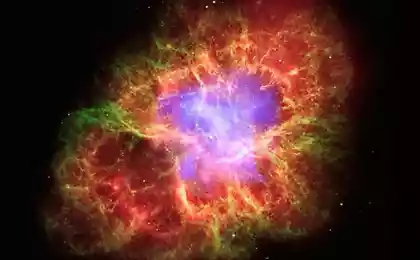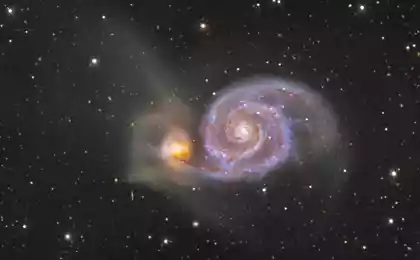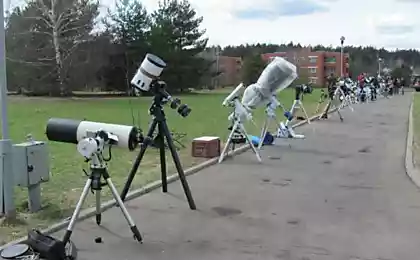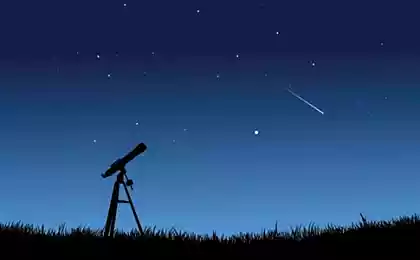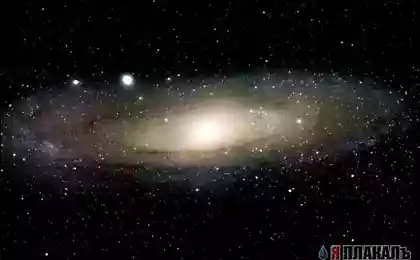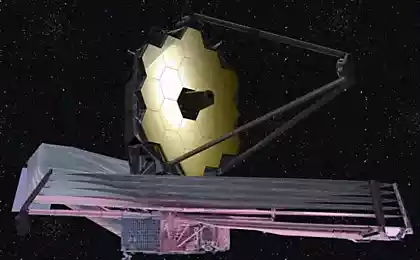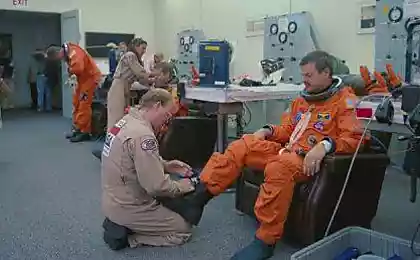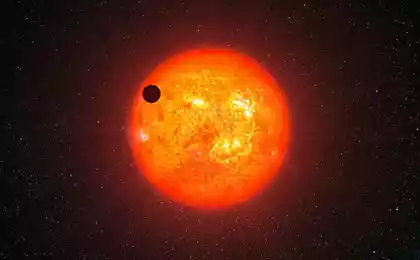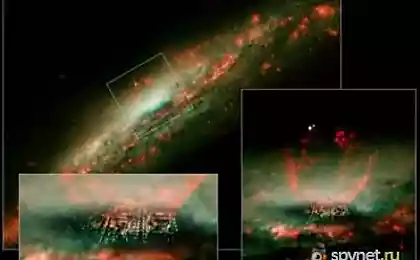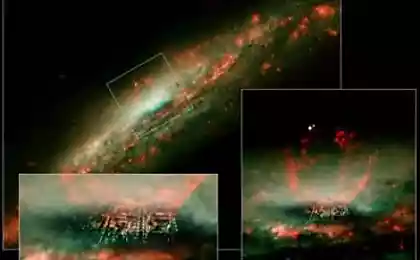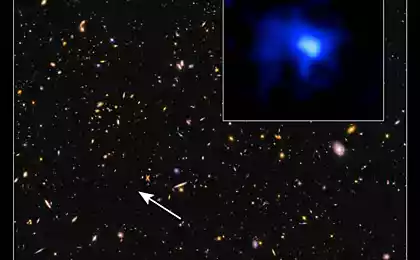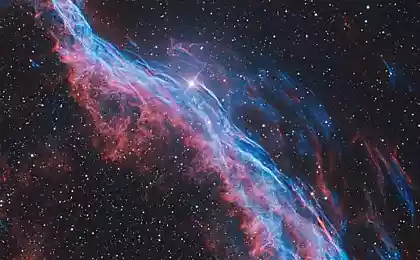172
The Butterfly Nebula, captured by Hubble

Space objects are unusually beautiful, as evidenced by sparkling star clusters and bizarrely twisted spiral galaxies. But, without a doubt, the most impressive are the images seen during the death agony of stars, which eject huge clouds of hot gas into space. One such near-death sigh, which formed the planetary nebula NGC 6302, which is also called the Butterfly Nebula or Beetle, was captured by Hubble.
It is located in the Milky Way, and with the Earth it is separated by 3800 light years. The nebula formed when it turned into a red giant, pushing out its outer layers and becoming the autumn of a hot, huge star, whose mass is five times the mass of our Sun.
The shape of the nebula is characteristic of bipolar systems, in which gas moving at great speed is easier to leave the poles than the equatorial regions of a star whose life path has ended. This feature leads to the birth of structures, its shape resembling an hourglass or giant butterflies, as in the case in question.
An unusually beautiful spectacle in itself, becomes due to the mixing of flowers just a fabulous picture. The red color of the wings indicates areas in which nitrogen emits radiation at low temperatures is contained. Closer to the center in the nebula, white spray is visible - this is the radiation of sulfur in a region of relatively high temperature, in which gases collide at a sufficiently close distance from the central star.
In the upper right part of the image, you can see a white clot, which is an example of a shock wave formed due to the collision of hot gas emitted by the star, which collided on the way with the gas slowly, forming ripples of shock waves moving through the nebula.
The remaining colors of the nebula indicate the emission of hydrogen, helium and oxygen. The unusual compositional image was obtained thanks to observations conducted in 2009.

